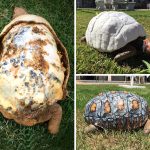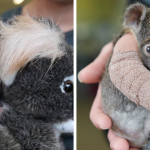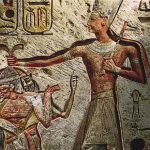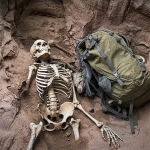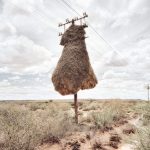A Trunkless Calf: The Fragile Fight for Survival on the African Plains
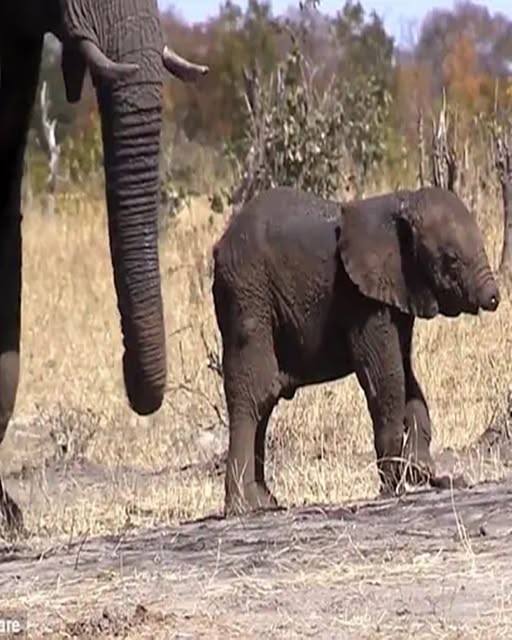
A Trunkless Calf: The Fragile Fight for Survival on the African Plains
On the sweeping plains of Africa, safari workers recently witnessed a sight that left them stunned and deeply moved. Amid the dust and grasslands, a baby elephant walked with its herd — but without a trunk.
For elephants, the trunk is not just an appendage. It is everything. It serves as a hand to pluck food, a straw to draw water, a weapon to defend against predators, and even a tool of affection, linking calf to mother in tender gestures. To live without one is to be stripped of nearly every survival tool nature provides.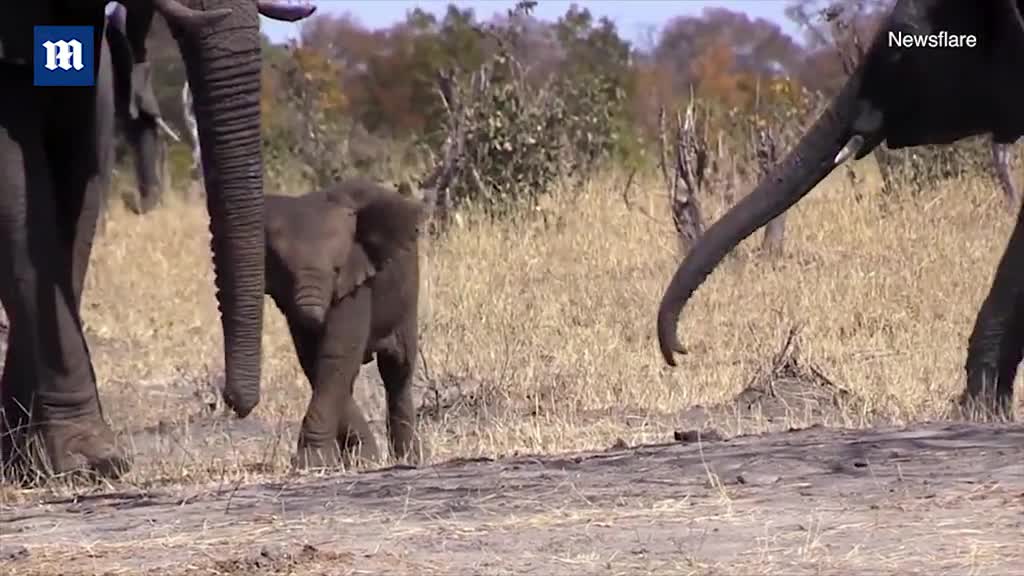
How the young elephant lost its trunk remains a mystery. Some suggest a crocodile attack at the water’s edge, where calves are especially vulnerable. Others believe it may have been lions — or perhaps the cruel grip of a poacher’s snare. Whatever the cause, the result is the same: a wound that feels both physical and symbolic, a reminder of how fragile life can be in the wild.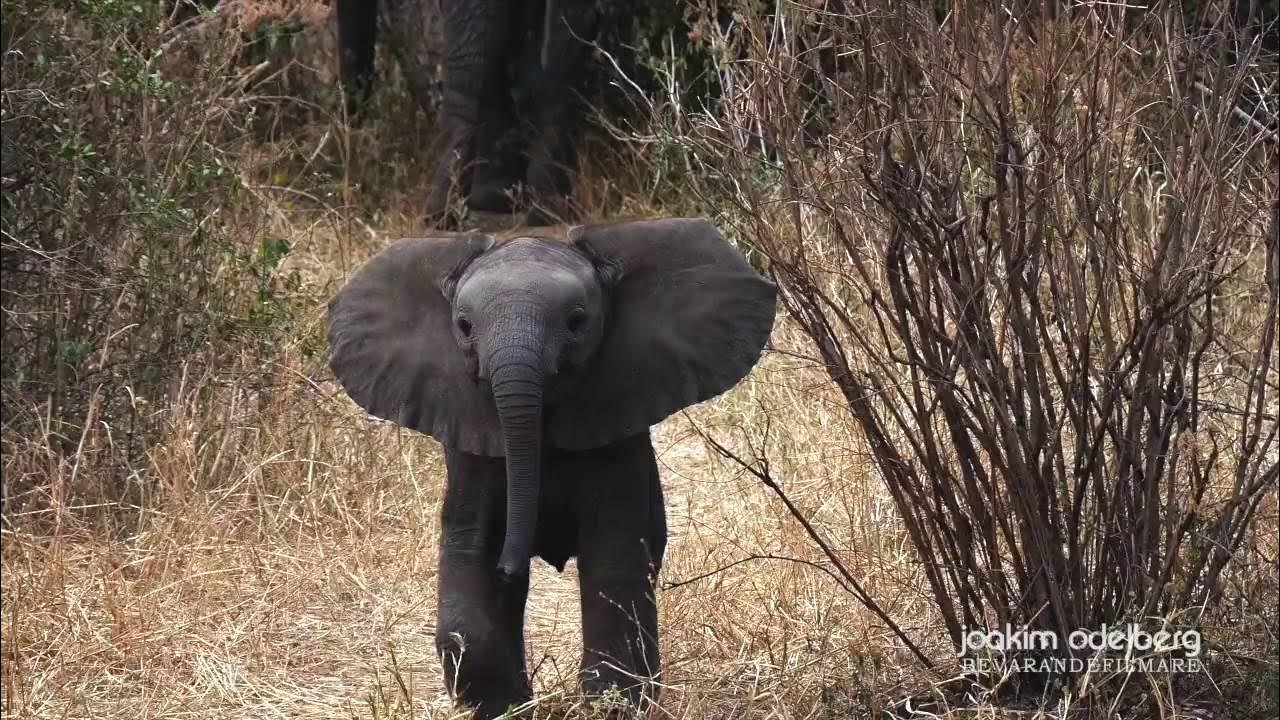
For this calf, the challenges are immense. Eating and drinking will be nearly impossible without help. Predators pose a constant threat. Even the risk of being left behind by its herd looms large.
And yet, against the odds, the little elephant continues on. It moves step by step with its family, shielded within the circle of its herd. For now, their protection is its lifeline.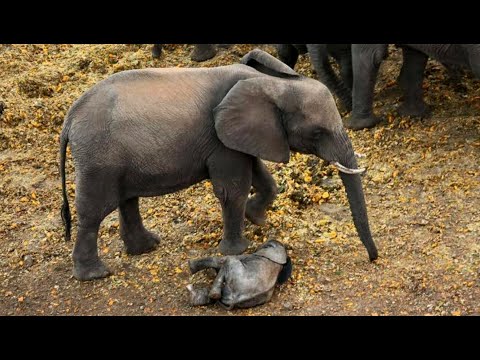
The sight is heartbreaking — but also humbling. It is a reminder of the strength of elephants as social creatures, where survival is not only an individual battle, but a collective one.
As long as the calf walks on, there is hope. Hope that its herd will continue to shield it. Hope that resilience will carry it further than anyone expects.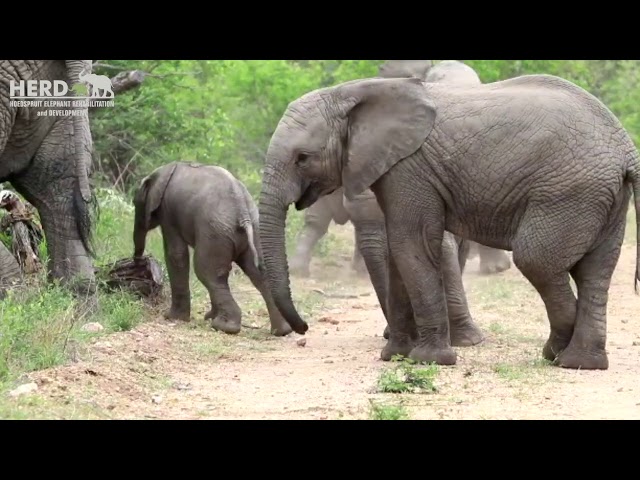
In the end, the baby elephant’s struggle is not just about survival. It is a testament to the bond of the herd — and the enduring will to live, even against impossible odds.


